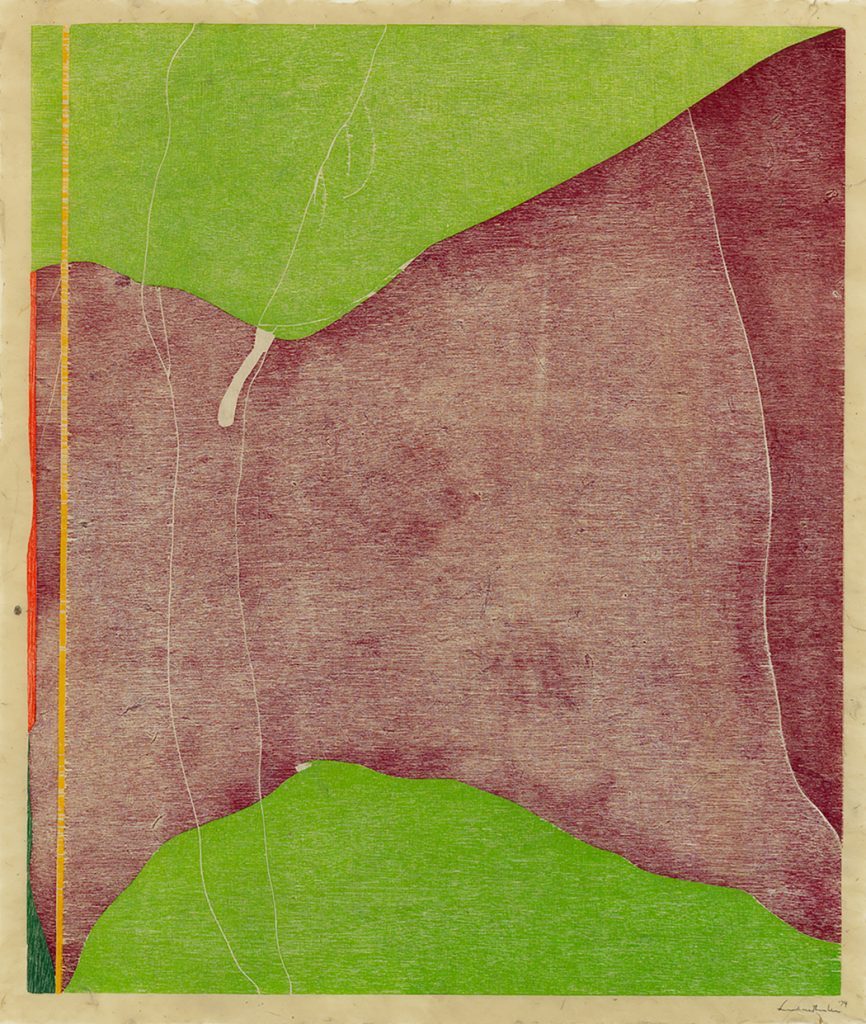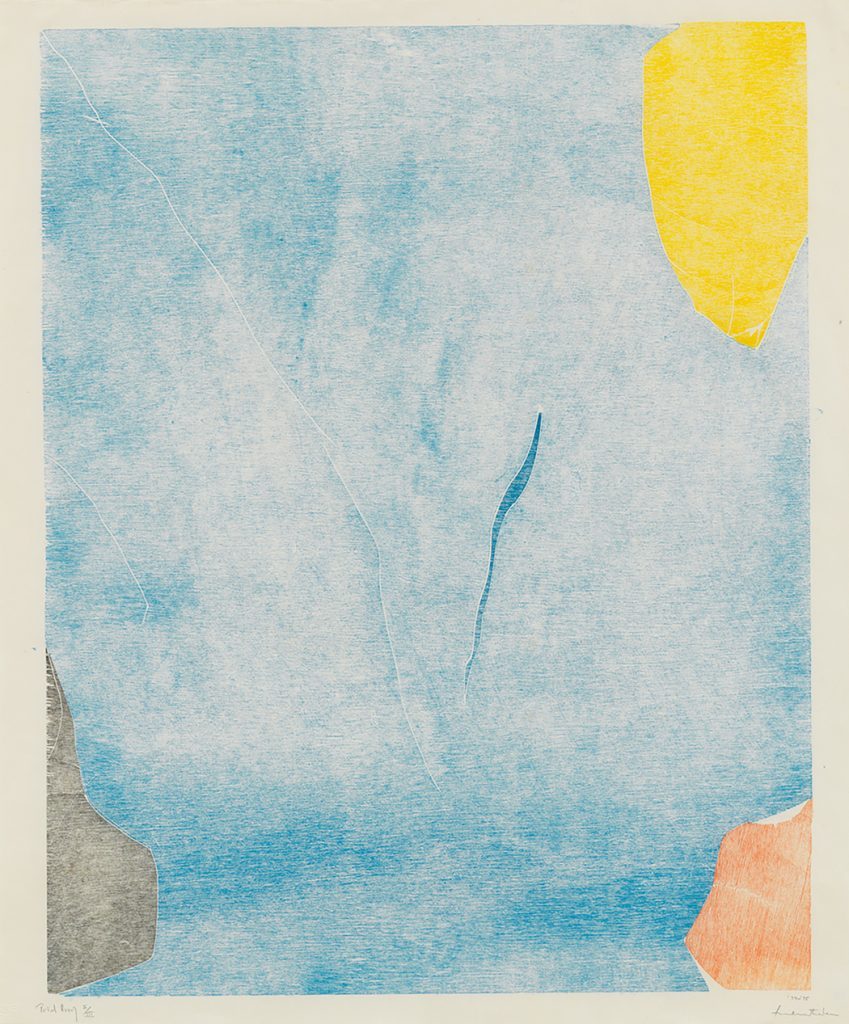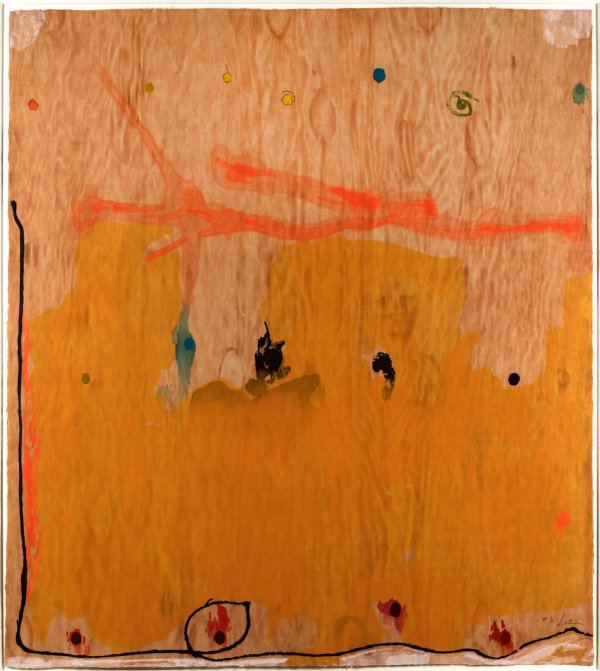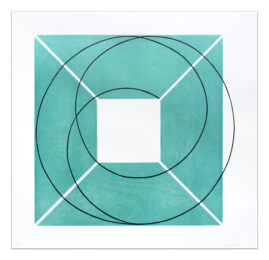Helen Frankenthaler Woodcuts
Helen Frankenthaler woodcuts are especially celebrated for her use of woodcut amongst all of the printmaking techniques and media used by the artist. A particularly rigid and difficult artistic medium to use, woodcuts are a far cry from the spontaneous, energetic painting Frankenthaler is also well known for. Her creative process was driven by a need to create a dialogue with the piece itself; to bring it to life. Indeed, to a certain degree, it’s the work and its evolution that drives Frankenthaler.
Born on the 12th December 1928 in New York, Helen Frankenthaler was a very popular, prolific American artist in the field of Abstract Expressionism and contributed significantly to post-war American Expressionist painting. Having showcased her work for over sixty years Frankenthaler spanned many generations of abstract artists whilst continually producing fresh, dynamic new work.

Woodcut work means meticulous planning and a large number of technical adjustments, so either the rules governing the medium or the styles incorporated by the artist themselves must change. Frankenthaler viewed the woodcut as a challenge, something that not only needed to be learnt but also conquered to a very high standard. It was a long way from the sweeping, care-free nature of Impressionism and Surrealism that people were used to.

Over time, Frankenthaler shifted the parameters of the woodcut dramatically. Her enthusiastic personality, inquisitive mind and experimental nature drove her to use paper pulp for supporting her 1993 woodcut “Freefall” as well as the hand-dyed paper used for “Radius” of the same year. She was also keen to work dynamically and looked to combine woodcut with other print techniques including lithography in her piece “All about blue” (1994) and etching in “Ariel” (1996). By pushing the boundaries and making her own rules, Frankenthaler has succeeded to create her own unique style of woodcut, making it no longer a medium reserved for graphic artists in a studio. Instead, woodcut is now the perfect medium for exploring the abstract, for collaborating, and for synchronising with the artist.

Armed with brushes, paint and of course wood, Frankenthaler worked on her own to produce the maquettes for the 1972 “Tales of Genji”. Tracings were outlined and woodblocks carved by the Japanese woodblock carver and ukiyo-e trained Yasuyuki Shibata. The slightly blurred, water-like appeal of Frankenthaler’s work meant that in order to build the rich, transparent colour washes, the printing press had to be forced down on to wet paper. This caused the inks to blend and bleed into each other, resulting in a large amount of trial and error. Many laborious proofing sessions later, and Frankenthaler managed to overcome these technical difficulties with great effect. Inspired by many of the great female post-war artists of the time, in the “Tales of Genji” series Frankenthaler went far beyond the boundaries of her own comfort zone. It involved brand new techniques and had no history, effectively meaning she made things up as she went along. However, in spite of this huge jump into the creative unknown, the six images that resulted from her efforts were truly seductive, not least because it took Frankenthaler a full three years to complete them.
Helen Frankenthaler woodcuts of the “Tales of Genji” display the epitome of experimental collaboration in printing and brought about a new era in the woodcut genre. In fact, it was the birth of these new printing techniques that Frankenthaler perfected further in her incredibly famous piece “Madame Butterfly” two years later in 1974.
Helen Frankenthaler prints
Buy Helen Frankenthaler prints from leading galleries.


